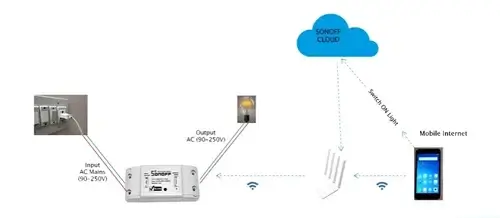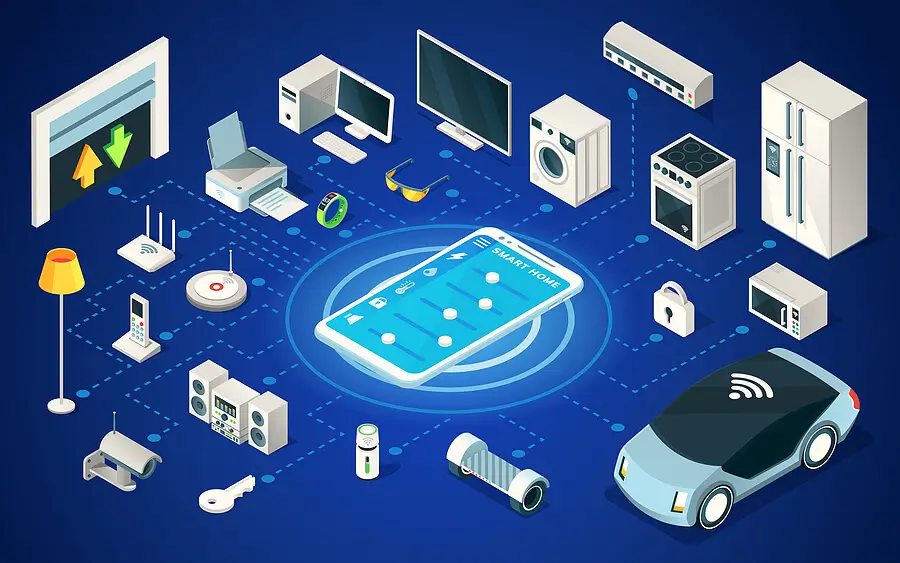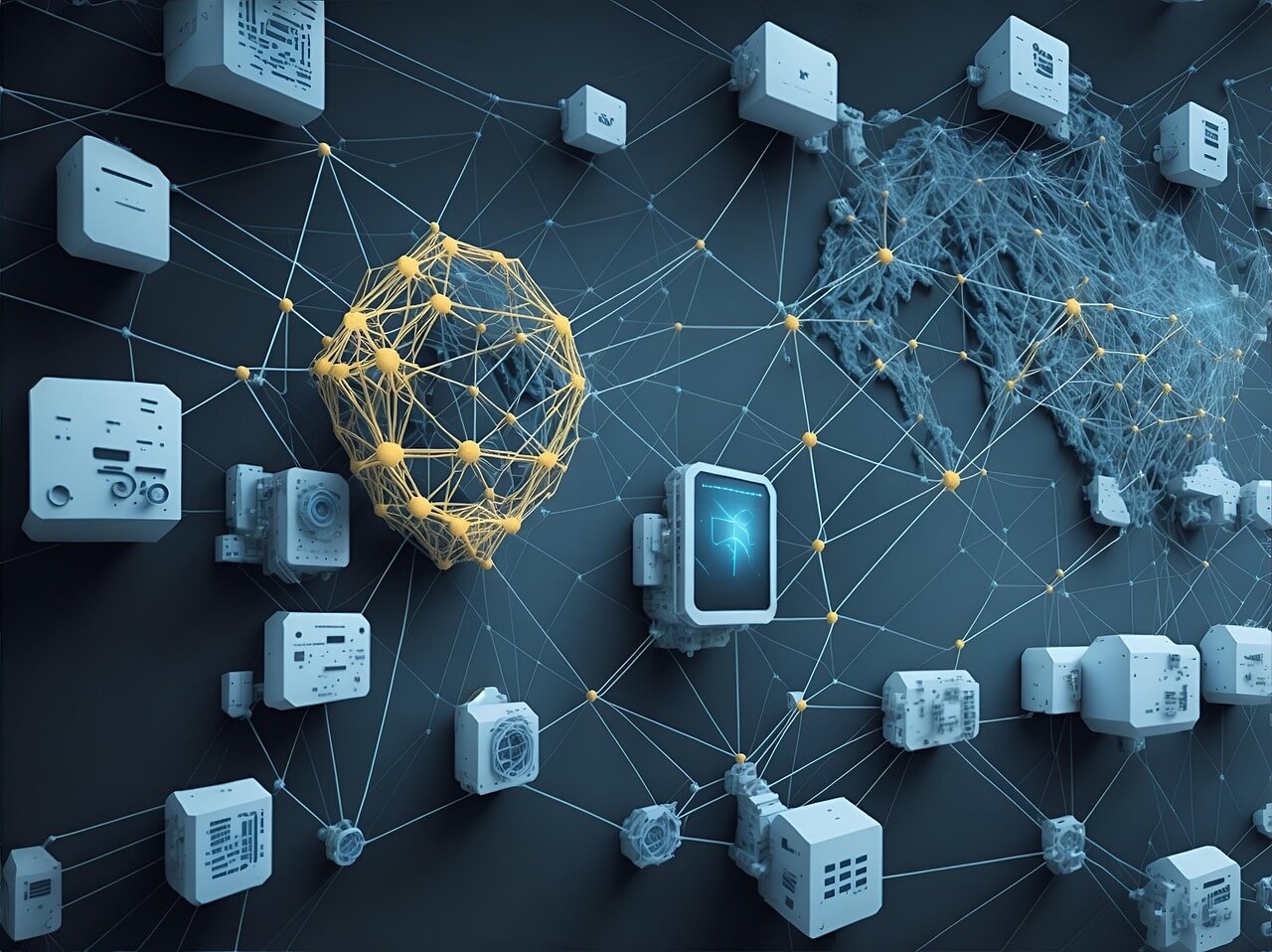Tapered Plug Flow Meters in IoT: Blending Classic Engineering with Smart Monitoring
In every industrial setup — from water treatment plants to fuel pipelines — knowing how much fluid is moving through a system is critical. Measuring flow helps manage resources, maintain efficiency, and ensure safety. Among the many types of flow meters available, the tapered plug type flow meter is known for its simplicity, durability, and reliability.
But when you add IoT connectivity to this classic mechanical device, it becomes more than just a meter — it becomes a source of real-time insight. Let’s explore what makes tapered plug flow meters special and how IoT integration is redefining how industries measure and manage flow.
What Is a Tapered Plug Flow Meter?
A tapered plug flow meter is a type of variable area meter used to measure the flow of liquids and gases. It consists of a tapered tube and a floating plug or piston that moves vertically depending on the rate of flow.
Here’s how it works in simple terms:
- When the fluid enters the tube, it pushes against the tapered plug.
- The plug moves upward as the flow increases.
- The height of the plug’s position inside the taper corresponds to a specific flow rate.
Because of the meter’s tapered shape, the area available for flow changes with the plug’s position. This makes it ideal for applications where the flow rate fluctuates and needs to be continuously measured.
Why Tapered Plug Meters Are Trusted
Tapered plug meters have been around for decades and are still widely used because they are:
- Simple to use: No complex calibration or setup needed.
- Durable: Minimal moving parts make them long-lasting.
- Versatile: Can handle both gases and liquids.
- Reliable: Provide consistent readings even in rough conditions.
They’re commonly found in chemical processing, HVAC systems, fuel lines, and water treatment plants.
For example, a manufacturing plant that uses cooling fluids can install these meters to track the rate of coolant circulation — ensuring machines operate at the right temperature.
How IoT Takes It to the Next Level
Traditionally, operators had to manually check the meter’s reading. But now, thanks to IoT integration, these analog devices are getting a major digital upgrade.
With IoT sensors and wireless transmitters, tapered plug meters can send flow data directly to cloud-based dashboards. This means you can monitor readings remotely, get real-time alerts, and analyze patterns over time.
Here’s what IoT brings to the table:
- 📡 Remote Monitoring: No need to be on-site to check flow status.
- ⚠️ Instant Alerts: Get notifications if flow suddenly drops or exceeds limits.
- 📈 Data Analytics: Identify long-term usage trends and inefficiencies.
- 🔧 Predictive Maintenance: Detect blockages or wear before they cause system failure.
Real-World Example: Fuel Management
Imagine a fuel distribution system where multiple tanks are being filled. Each line is fitted with a tapered plug flow meter connected via IoT.
The system automatically tracks how much fuel is flowing through each pipeline in real time. If one line slows down unexpectedly, the IoT dashboard flags it instantly. Operators can then inspect for clogs, leaks, or pressure drops before it impacts the entire operation.
This not only improves efficiency but also prevents costly downtime — all thanks to smart, connected monitoring.
Advantages in IoT Environments
Tapered plug meters with IoT capabilities help organizations bridge the gap between mechanical reliability and digital intelligence. Some key advantages include:
- ✅ Easy integration: IoT modules can retrofit existing meters.
- ✅ Cost-effective monitoring: Reduces manpower and on-site checks.
- ✅ Scalable solution: Works across multiple pipelines and locations.
- ✅ Sustainability: Detecting leaks early saves resources and reduces waste.
For industries that rely on accurate flow readings — such as energy, agriculture, or manufacturing — this blend of old and new technology offers the best of both worlds.
Wrapping Up
The tapered plug flow meter is proof that even traditional instruments can stay relevant in the digital era. With IoT integration, it evolves from a simple mechanical gauge into a smart sensor system capable of real-time communication and advanced analytics.
By combining durability with digital intelligence, these meters ensure every drop, every pulse, and every shift in flow is recorded and acted upon — helping industries stay efficient, responsive, and sustainable.
In the world of IoT, even the most classic tools are finding new ways to stay connected.




